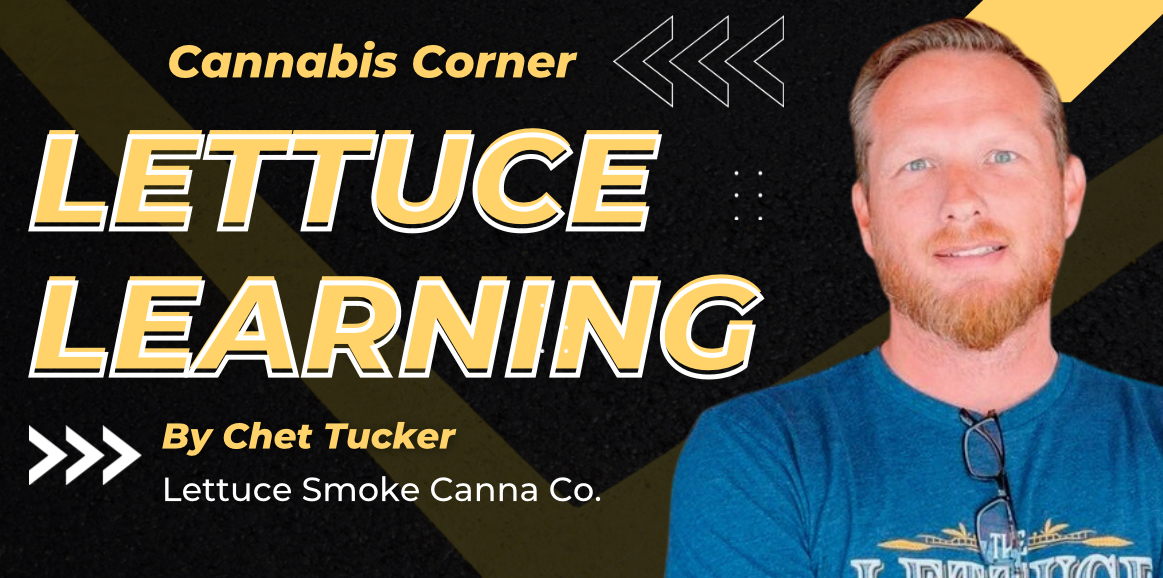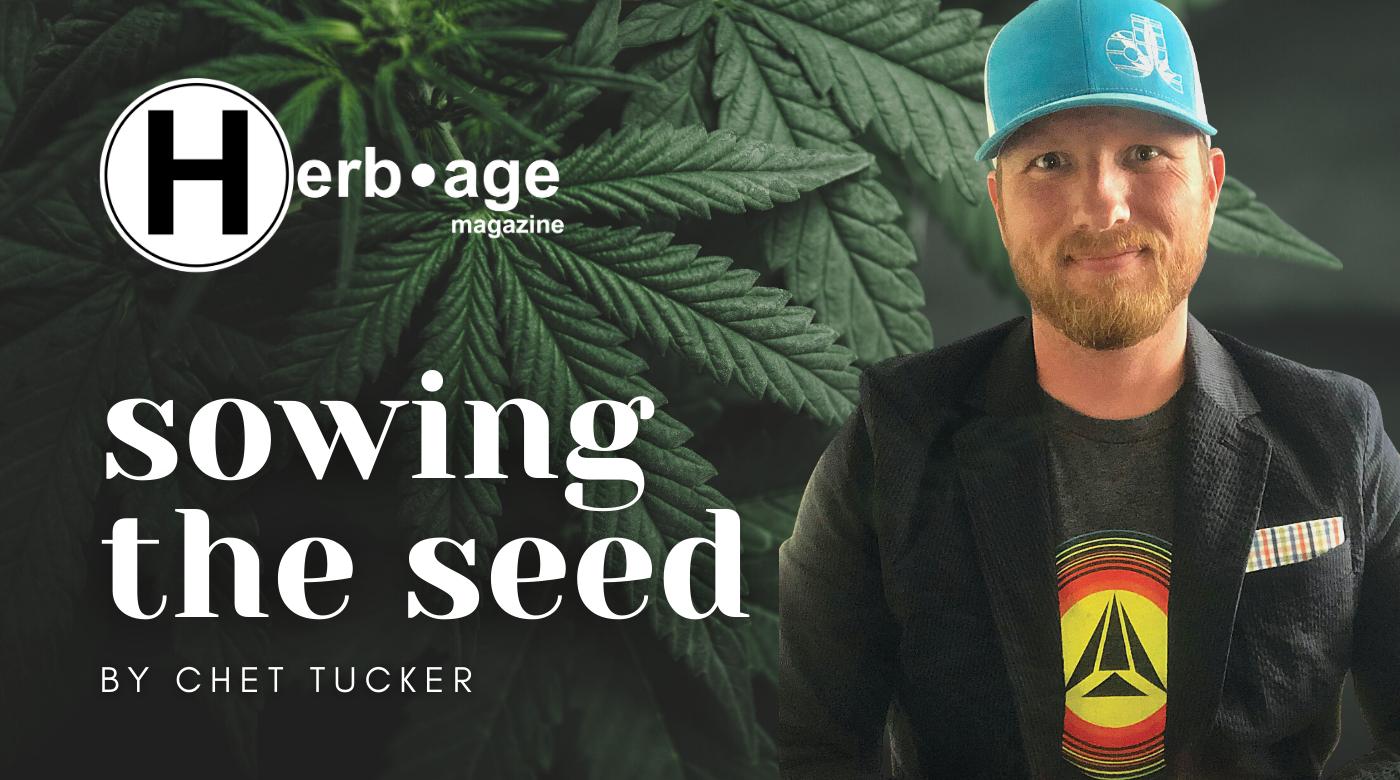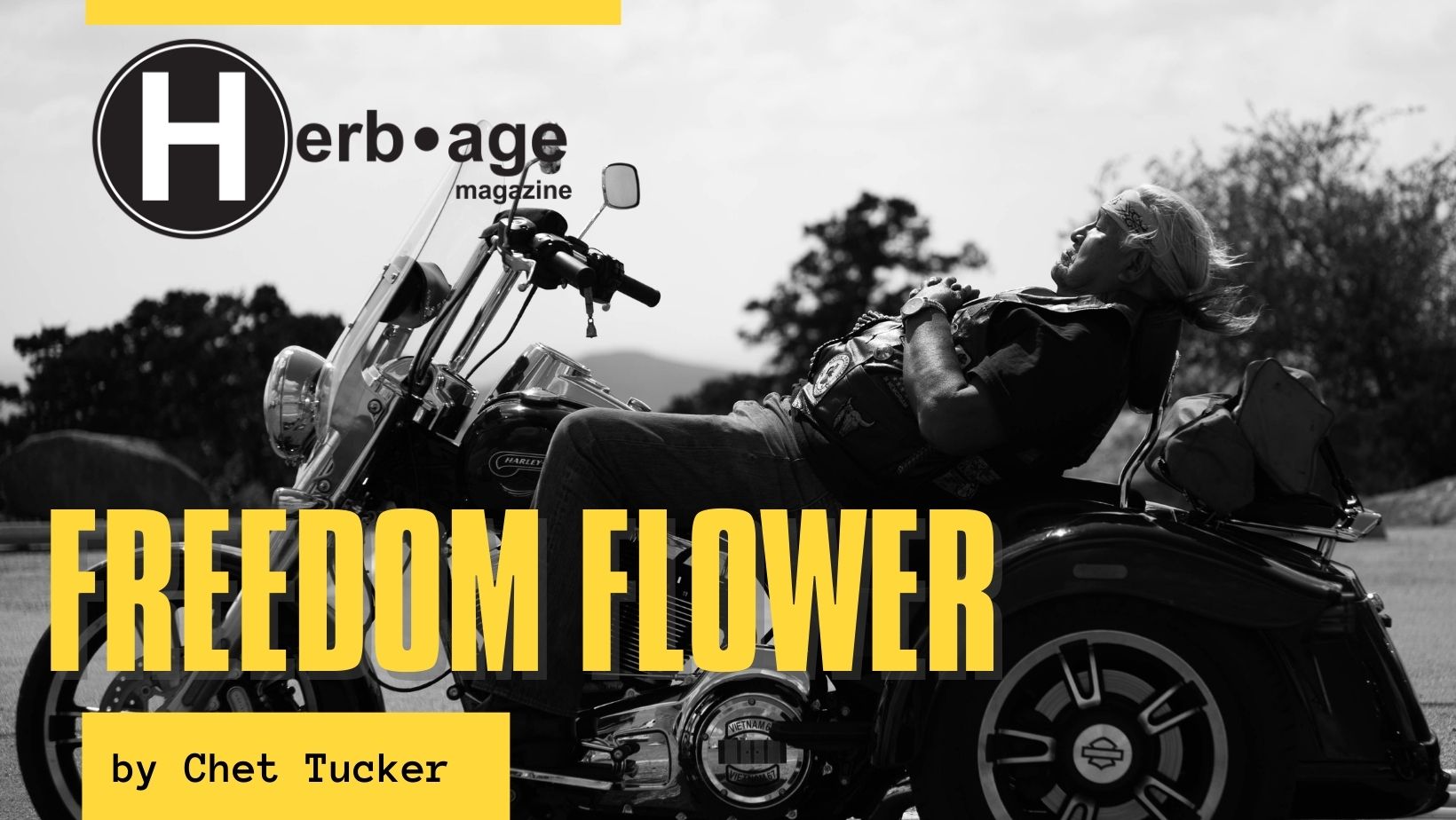Sowing The Seed
By Chet Tucker
As we spanned into consumption methods with the last “Sowing the Seed” edition, we covered the number one desired method … smoking flower. Though it stands upon the peak, there are many other “quieter” methods to consuming that fall right behind smoking raw flower. And these other methods of consumption typically affect people differently than the inhalation of cannabis. One of the most popular and discreet ways is using cannabis in an edible form.
The effects of cannabis in edible form aren’t as simple as just grinding up flower and putting in your food, though there are tremendous benefits from raw consumption (think tossing a bud in your smoothie or shake) that won’t hit you remotely as hard because the raw THCa (Tetrahydrocannabinolic acid) doesn’t warm to a temperature that converts to THC (tetrahydrocannabinol) which is the psychoactive property that most seek. However, the raw consumption holds a myriad of benefits that are much more subtle and calming to the user.

So, what makes an edible an EDIBLE?! It’s the full conversion of THCa to THC through the decarboxylation process … ie heating at a temperature that converts the properties. Some will grind their cannabis into a powder and mix with their butter or into a baking batter and the conversion takes place as the batter is heated at steady temperature over a period of time, (ie the infamous BAKED brownie). Others may take their leftover shake and bake on a baking sheet before mixing into their edibles which then converts the cannabis. Note: When you’re using these methods, the THC from the particular strain used should convert at a relative level (assuming the temperature and time is adequate for the conversion). For example, a strain with 14% vs a strain at 28% THCa will be different in how they impact you (double) but just as importantly are the cannabinoids within the respective strain. Strains higher in CBG, CBN, and CBD will have different effects as long as they aren’t “burned” off through too much heat.
We could take some deeper dives on all of the different ways that edibles can impact you and which strains or cannabinoids are best for your desired result but a brief example we’ll cover a few basics first. The following statements aren’t to down certain edibles but rather promote the difference in finding the best balance for your personal needs. Some require higher ratios of THC than others and some prefer lower doses of THC with more cannabinoids present in their edibles. So, are all edibles are not the same and will explain why you may have significantly different experiences from edible to edible and even within the same edible/manufacturer.
A landslide majority of edibles are produced by a distillate (think a large jar of sticky honey) and depending on the material used (trim, bud, higher/lower THCa flower, etc) and the method in which it was processed, the quality and results will vary. Distillate can range from 80-95%+ in “potency” which is a generic way of illustrating how much THC is within the jar. The higher the THC, the lower the presence of other cannabinoids, terpenes, and other fats and lipids that are a part of the plant. And though there is much to be discussed on the lack of terpene effects when processed through the liver (what happens when you eat a cannabis product), the cannabinoids will have the largest impact on balancing the end result/experience.
Knowing that, there are solventless (true full spectrum) extraction methods which provide for a more rounded, and arguably more medicinal, experience. The term “entourage effect” is used when there’s a better balance of THC and cannabinoids. Instead of seeing a 90/10% of THC to other parts, you get more of a 65/35% balance. This results in less THC for the processor to work with but more of the whole plant to pass on and into the edible and consumer experience. A 10mg THC edible is still the same as a distillate counterpart’s 10mg THC edible but you get the other parts of the plant that are burned off in the distillation process mentioned above. With that said, it will result in a more laborious and expensive process but the end result is a more rounded medicinal experience.
Though there are countless ways to process cannabis for edible consumption, they mostly fall in those few categories so ask your budtenders or Cannicians(TM) about the different options within the dispensary you shop. Look at the different cannabinoids and their percentages to find what’s best for you. “Indica/Sativa” edibles may or may not give you what you’re looking for as the cannabinoids that trigger relaxation and sleep (CBD & CBN) may be listed in a “sativa” edible and the desired result may not be what you’re looking for so again, ask questions and learn what’s in your edible before you accept what may be leveraged to market the edible in a certain way.
We all react and require different amounts of THC for our respective endocannabinoid systems (ECS) and the best way is to start with low dosages (unless you’re already an experienced consumer) and journal what you took and how it impacted you. Other foods can impact the experience but an edible experience will typically be longer than the traditional smoking method so start slow and learn as you go!



